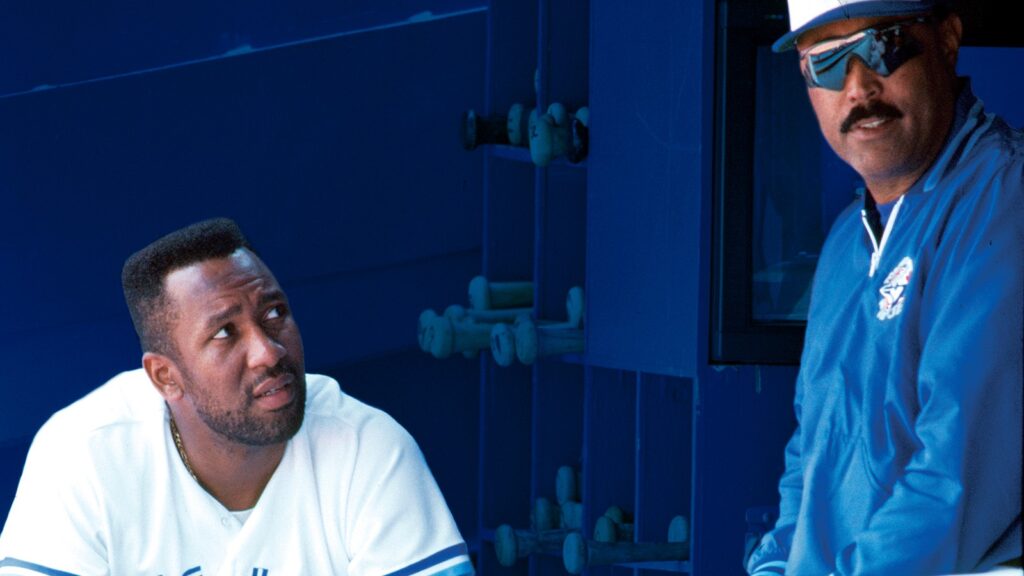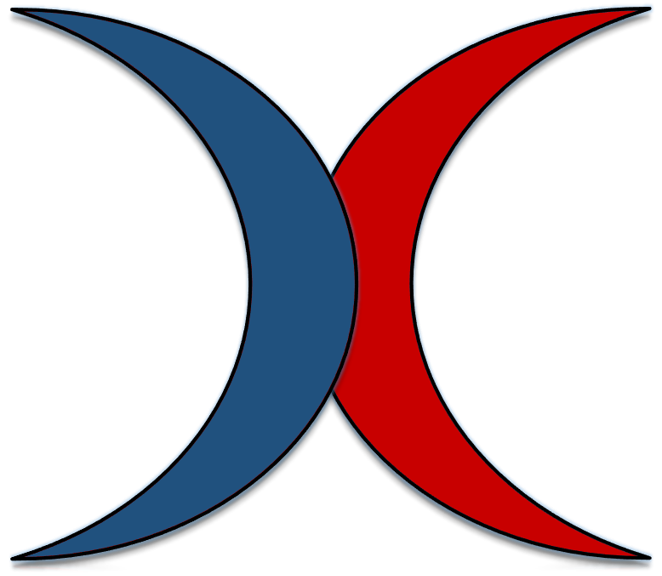
How a Commonly Used “Classical” Swing Timing Cue Was Perfected and Modernized Through Technology, But Still Eludes MLB organizations’ Belief Systems
By Ken Cherryhomes
Cito Gaston, hitting coach Gene Tenace, and first base coach Dwayne Murphy, had been working with Bautista all season to improve his timing at the plate after noticing that he was consistently late, especially against good velocity. “He was late, with a big leg lift, so he would oftentimes foul balls off to the right side,” recalls Anthopoulos. “Before the middle of August [2009], his numbers weren’t good—he didn’t have any power and was just fouling everything off to the right side. He couldn’t click,” even though Gaston set up pregame drills where he’d have whoever was throwing batting practice throw harder than normal to Bautista. Gaston would stand behind the cage and “he would tell Bautista ‘Now!’” to try to get the player to start his hands (and thus his swing) sooner. – Kevin Law, Inside the Game.
The method described, where Cito Gaston watched batting practice thrown to Joey Bautista then giving him a verbal cue to initiate his swing, is a classical training technique used to improve a batter’s reaction time and adjust their swing mechanics. The intention is to get the batter to react sooner or later to the ball, thus adjusting their swing timing.
In a practical setting, such techniques can be beneficial, especially for batters facing challenges with timing or handling faster pitches.
Currently how we practice and become adept at swing timing is limited to a single methodology: the ecological approach of perception-action coupling. Put simply, the batter memorizes the arrival time and location of a pitch and how this corresponds with the time it takes them to execute a swing. They then make an informed decision when to initiate their swings.
Our technological solution underscores a transition from reliance on intuition and subjective judgment to a data-driven, objective approach. This transition leverages technology to refine training methodologies and enhance athletic performance. My technology takes batter swing time metrics, which includes swing and reaction time metrics, merges them with live captured pitch kinematics, processes them through an algorithm that then issues a “Swing Alert™”, a precisely timed audio, visual or haptic signal to the batter, alerting them exactly when to swing. It is quite similar to the cue issued in the classic and widely used method described in the Gaston/Bautista story, but is actually perfect, not an educated guess. One of the fears or reluctancies people have is that they find, in empirical studies, that we learn from errors. I, nor my technology, is devaluing error adjustment learning. I am merely providing guidance to the batter, as Gaston had, to quickly arrive at a solution: a reference point (memory) from which to work from.
Every batter sees pitches in batting practice and makes an educated guess on when to swing. Over time and with repetition, these guesses form a mental reference (memory) when they are confirmed by well-timed hits. Traditional coaching, like Cito Gaston’s verbal cues, aim to guide this process, albeit imprecisely. My technology takes this age-old practice a step further. By merging real-time swing metrics with pitch kinematics, we provide a “Swing Alert™”, that isn’t a guess—it’s a precise signal.
Instead of relying solely on memory and intuition, batters now have a scientifically accurate point of reference for every swing. The batter will still make errors, but the reference point established during practice arms the batter with an informed adjustment, rather than another guess.
Mechanical swing repeatability, while crucial, is more straightforward to achieve through practice. The real challenge and differentiator for batters lies in timing repeatability against high-velocity pitches. Through our technology, we’ve not only been able to achieve consistent swing outcomes but also perfect timing repeatability—something even experts struggle with. This precision in timing is at the heart of what ‘repetition’ and memory encoding aim for in athletic training. Our system enhances this memory encoding by providing batters with precise and consistent timing cues, streamlining their development and improving consistency at the plate. This is about revolutionizing how batters encode and retrieve the most crucial aspect of hitting: timing.
